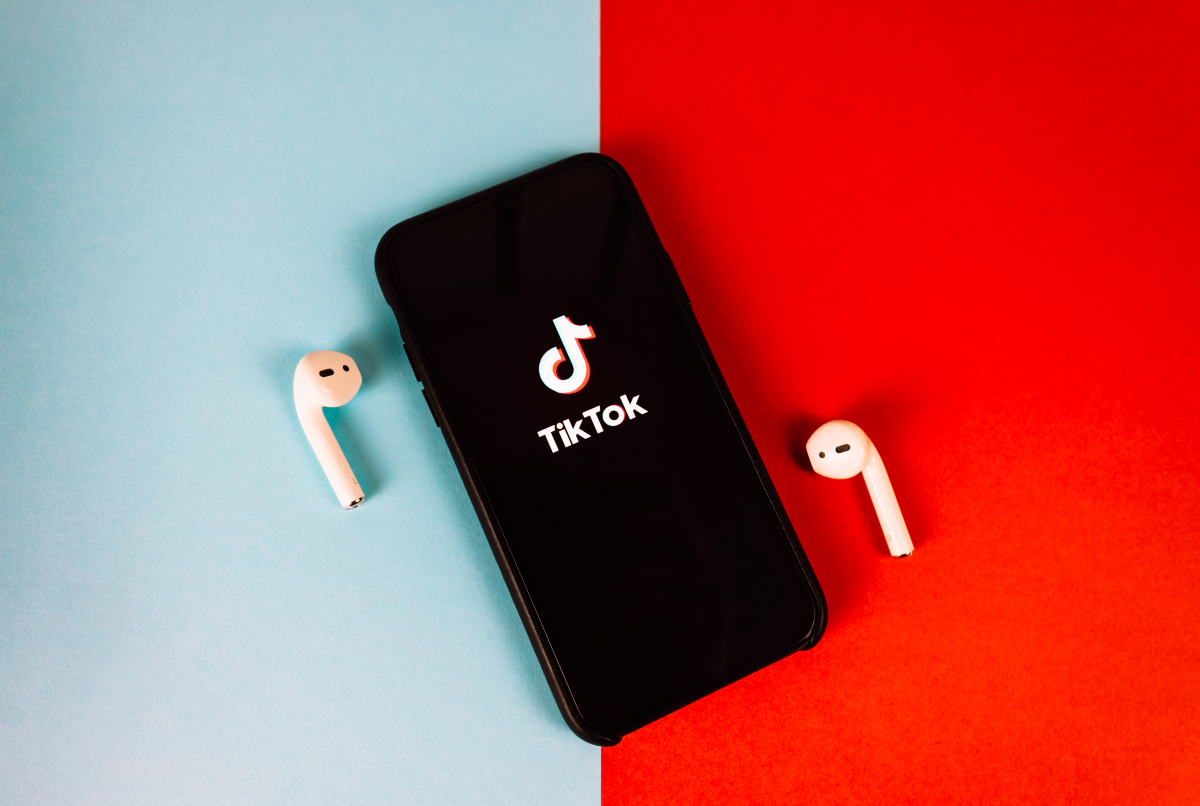Testing with bots sheds light on the darkness
Tiktok always delivers exactly what you want? How does the app know you so well? Journalists from the Wall Street Journal have asked themselves that too. With the help of self-created bot profiles, they have gained insights. The result: Tiktok tracks your activities more than you think.
The Tiktok homepage, which is so precisely tailored to the users, raises the question of how much data Tiktok accesses. Bytedance, the company behind the short video app, has never revealed the algorithm’s secret. On your own Website it just says that engagement in the form of likes, shares or comments would boost the popularity of the videos. But that does not explain how various niches outside of the Tiktok mainstream with its dances and challenges can arise. Journalists: from the Wall Street Journal (WSJ) wanted get to the bottom of the matter. They created over 100 bot profiles that played Tiktok videos. This enabled them to better examine the development of the For-You-Page.
The WSJ team assigned an age and an IP address to each bot. The IP address is relevant for the algorithm to suggest location-based content. In addition, each bot received a selection of interest tags – not visible to Tiktok. In this way, the journalists wanted to find out how quickly and in what way Tiktok would discover the “interests” of the bots and suggest corresponding content on the For-You-Page.
It turned out: Tiktok tracks the length of time spent on videos very precisely. When the bots paused or watched videos several times, videos with similar hashtags, usernames, sounds, or video descriptions were suggested. According to Guillaume Chaslot, consulted expert and former Microsoft employee, 90 to 95 percent of the views of a Tiktok come from the recommendation engine. That is a significantly higher proportion than, for example, on YouTube, where the proposed proportion is a little over 70 percent.
Contents
Tiktok wants to identify weak points
The bots’ journey through the Tiktok universe begins with mainstream videos. In this way, it is checked what the new user is jumping on. A little later, the likes and views of the videos displayed on the For-You-Page decrease. This means that users will soon find themselves in niches from which, according to the WSJ, they are difficult to get out of. The problem: Videos with fewer views are more likely not to be checked by moderators for violations of the terms of use. Some tiktok niches – including unchecked content – so remain undiscovered.
In most cases, it took the Tiktok algorithm less than two hours to identify the bots’ unknown interests. For some bots it took less than 40 minutes. Expert Chaslot says that the Tiktok algorithm can find out the weak points of users. These weak points are topics that trigger people and thus increase the length of stay. Therefore, the algorithm not only shows feel-good content that makes users laugh, but also those who have the strongest attraction. The Wall Street Journal experiment shows that some of this is dangerous or disturbing content.
“Sadness” bot on a downward spiral
An example of this problematic selection of content was shown by the bot with the interest tag “Sadness”. After just 36 minutes on the app, 93 percent of the bot was displaying depressive, sad content, including videos about separation, the loss of loved ones and emotional pain. The bot sank in a torrent of sorrowful clips, according to the WSJ investigation. When asked by the Wall Street Journal, a spokeswoman for Tiktok said that the remaining seven percent of the videos shown are intended to help users break out of the grid if they want to. In the experiment, however, the deviating videos were mainly advertisements.
According to the Wall Street Journal, Tiktok still works according to the laws of the attention economy. Expert Chaslot says the algorithm senses that customer interaction increases when the videos match the interests. For this reason, extreme content, such as the depression videos, is promoted in order to generate more and more screen time for users. Bot fake profiles with interests suitable for the masses have also been pushed into the niches. A bot with the interest tag “Politics” received conspiracy theories about the US election and QAnon content. What is also the strength of the AI behind the Tiktok algorithm is also its greatest weakness. Almost everyone and every user: is drawn into the niches.
Bytedance has not yet admitted that Tiktok tracks the length of stay. The question of further data protection violations remains open. The precise machine learning of the Tiktok algorithm suggests a large amount of tapped user data.



